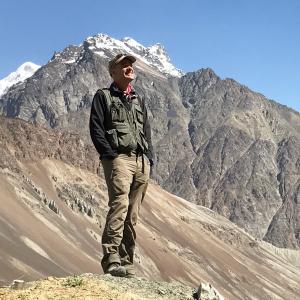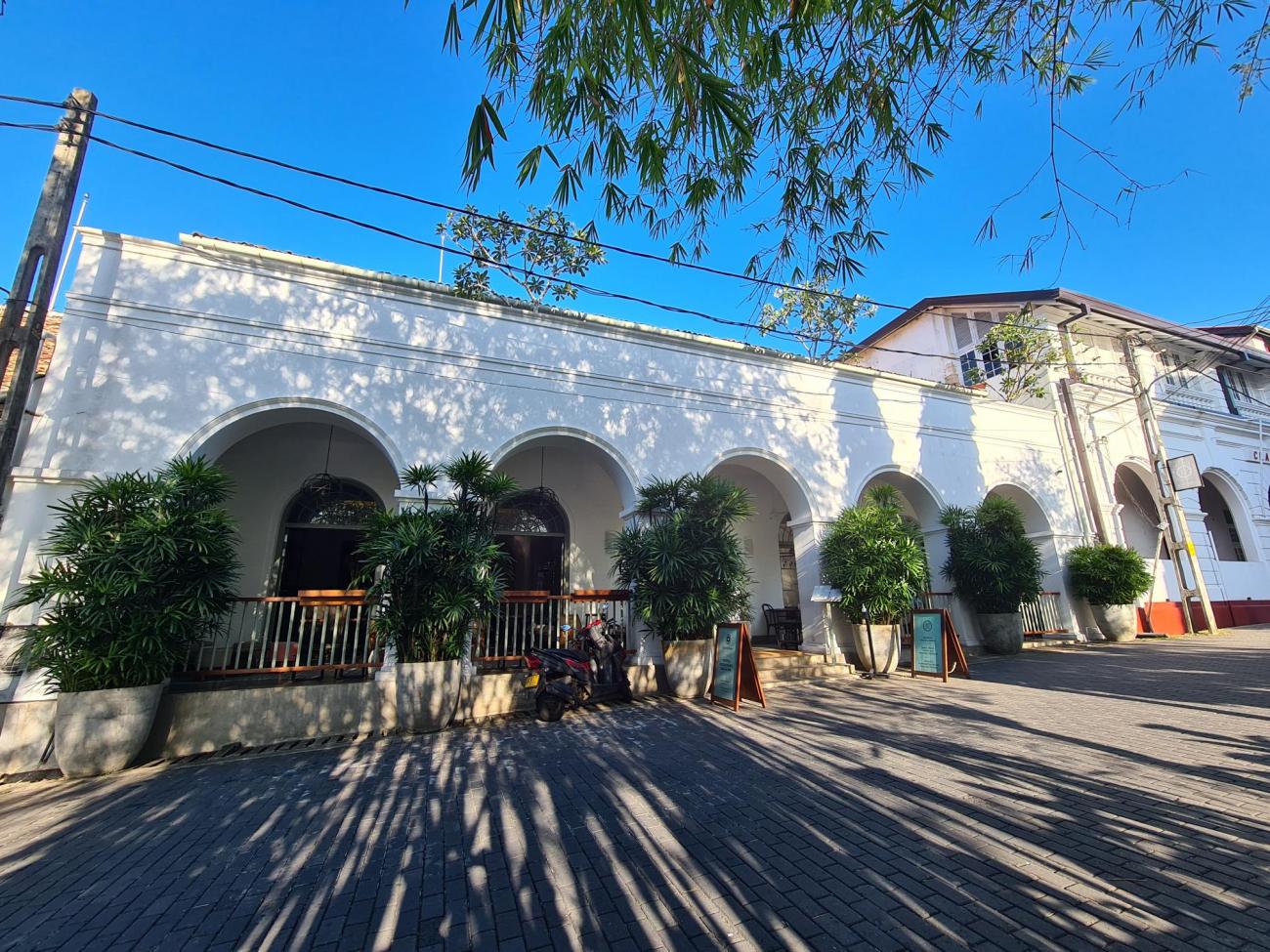
I have always thought the best way to see a city is on foot. To walk through a district with an expert who can bring the old alive, by explaining how things once were and how they got to be what they are today, is a great way to understand the past and the present. There are some great guides out there; walks in Kolkata, Jaipur, Delhi & Cartagena immediately spring to mind as some of my favourites.
Galle Fort
Mr Tharanga, an archaeologist and project officer of the Galle Heritage Foundation, met me in the lobby of the Fort Bazaar hotel. Here, with the use of an iPad, he showed me illustrations and photos of the fort from the time of the Portuguese, Dutch and British. Essentially a peninsular with a wide harbour, I could see very clearly from the early maps just how strategically important the location was.
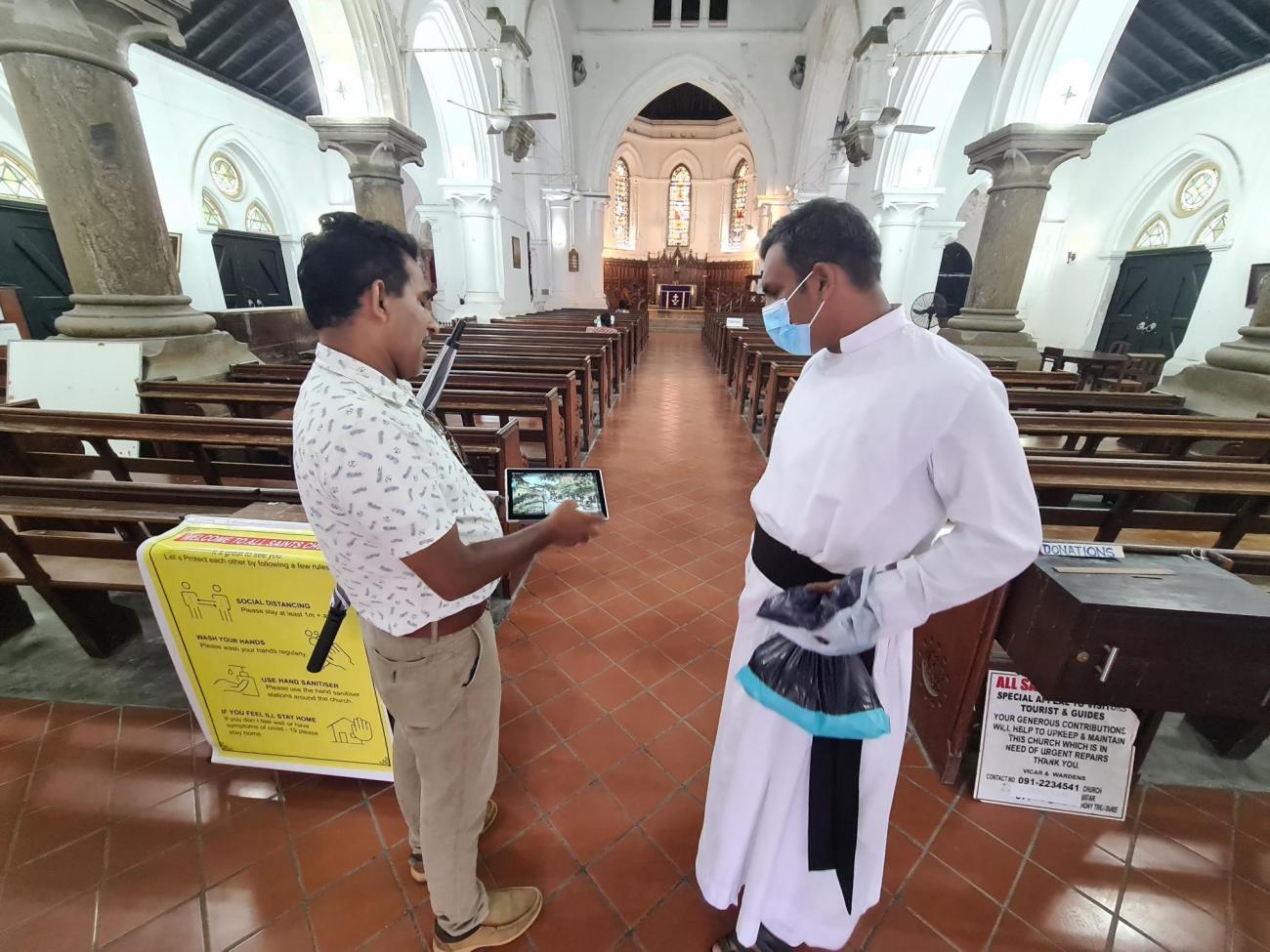
The buildings within the fort are fine examples of Dutch 17th-century colonial architecture. In grid formation, grand, whitewashed buildings with thick pillars and colonnades, covered an area of around 100 acres. We visited the island’s first bank – now a tourist shop, where the large safe is a storeroom for tourist tatt – the governor's house, the Dutch Reform church; we passed the huge town square with its two massive banyan trees and the island’s longest colonial building - formerly barracks for Dutch soldiers and now a maritime museum. We had a refreshing drink at a bar in what was the old Dutch hospital and visited the beautiful home of a Dutch doctor, which is still in private hands.
In the early 19th century, after victory in the Napoleonic wars, the British took over the island and the Dutch buildings, adding their own Anglican church. We walked through the narrow streets of the old Arab quarter, which put me in mind of Zanzibar or Lamu, passed the billets of the African slaves that were brought to the island to work on the cinnamon plantations and strolled along the massive ramparts as the sun set. Mr Tharanga was loquacious and full of interesting stories.
Old Colombo
A day later I was in Colombo.
A Sri Lankan with Scottish ancestry, Mark Forbes is a financier-turned-photographer guide and his enthusiasm for the history of Colombo, as seen through the city’s old buildings, was intoxicating. Joined by four women from Brazil, we started our tour on the seafront, outside the Kingsbury Hotel. Here, again using old photos displayed on an iPad, Mark showed us (with not a little contempt) how twenty odd years ago the authorities had bulldozed the old British barracks and replaced them with four high-rise office blocks. He showed us the restored Dutch Hospital and (with a good deal of pride) how the former Australian Prudential Insurance building, with its grand limestone base and sandstone upper floors, that had been in ruins, had been totally restored.
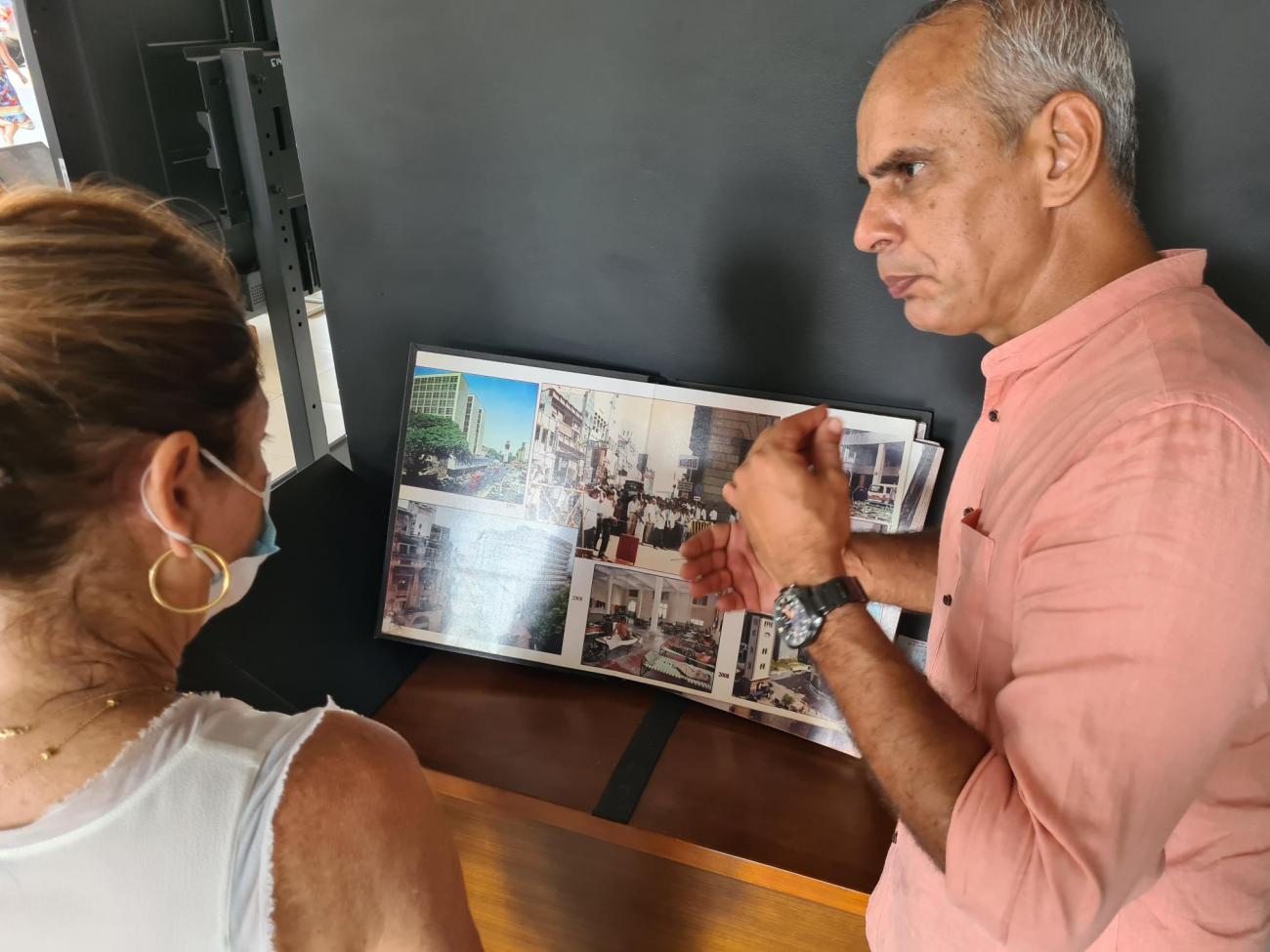
He led us down Chatham Street to the only clock-tower-cum-lighthouse anywhere in the world, passed the President’s Palace, opposite which is the former General Post Office and now military barracks.
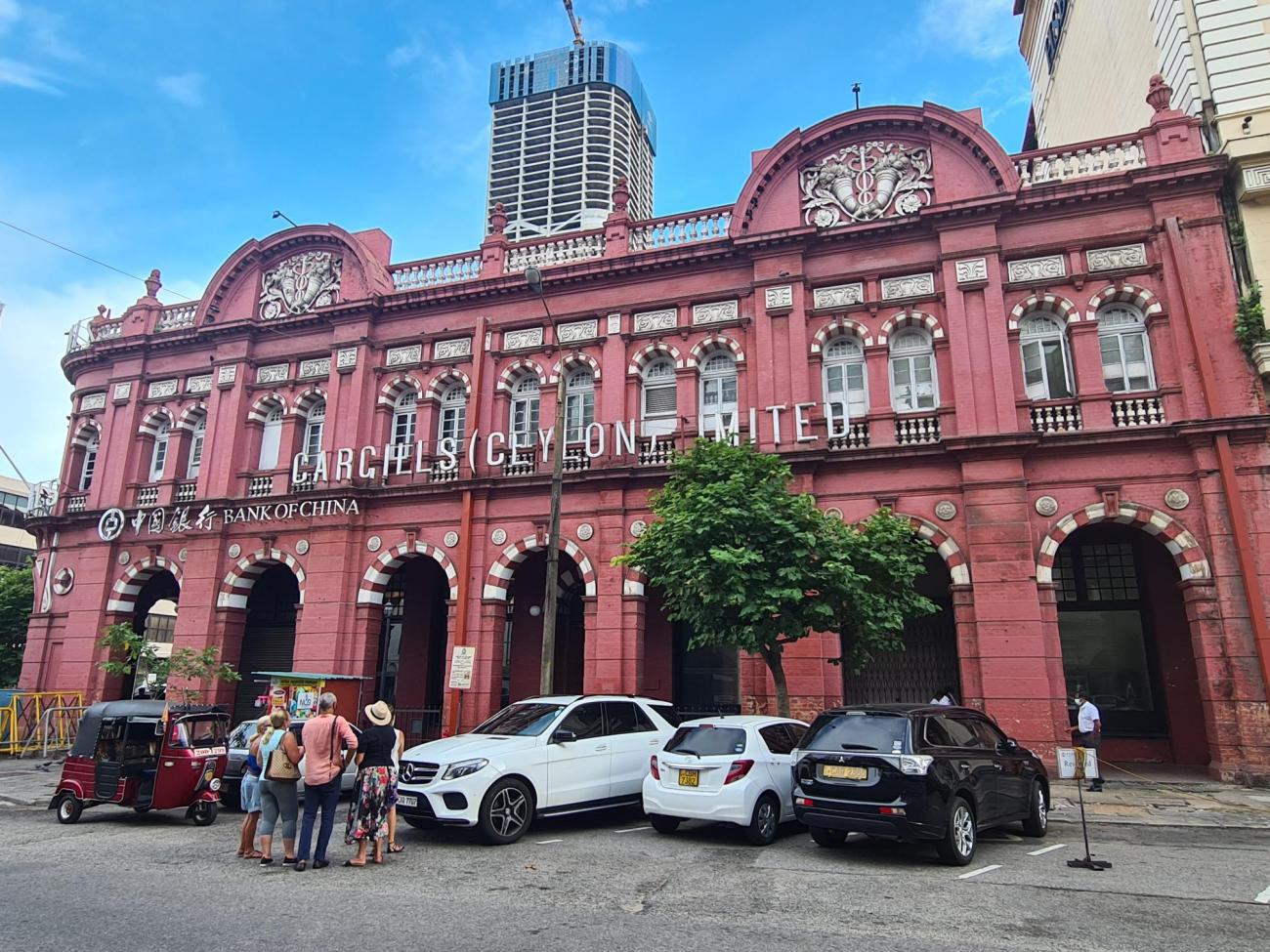
After street food snacks, we passed the former home to Lloyds of London, the iconic Cargill building - also used as a governor’s residence - and finally entered the enormous Grand Oriental Hotel. Opened in 1837, and sitting directly opposite the entrance to the port, in colonial times this was the place to stay, but as Mark explained entry wasn’t easy. Before accepting your booking, the hotel manager would require visitors to show they had sufficient wealth and class to frequent its hallowed halls, bars and suites. Many were refused.
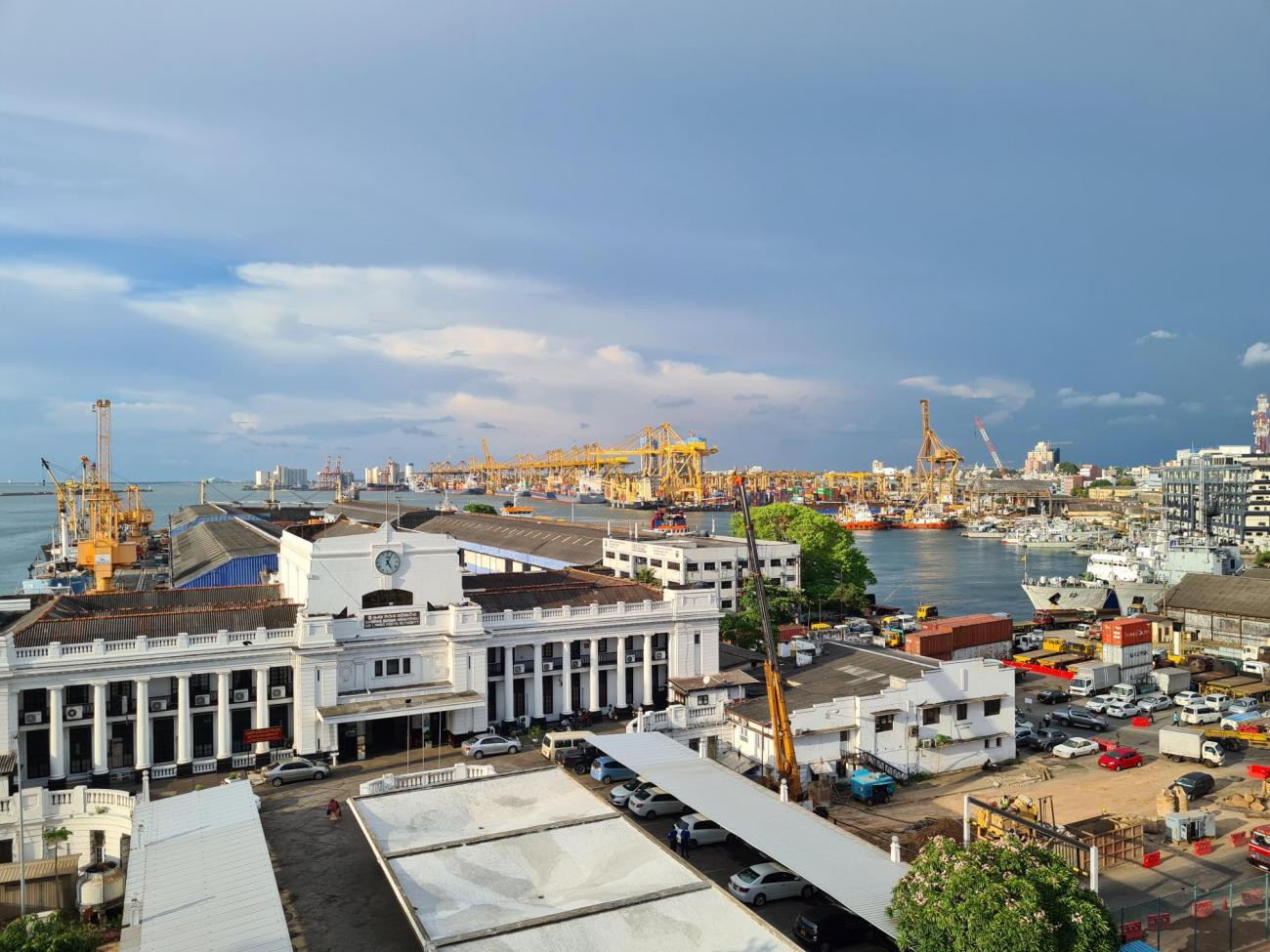
Here Mark took us to the top floor, overlooking the port, where, in time-honoured tradition, he ordered us all a G&T. It was a fitting end to a great tour, and for me a great trip.
